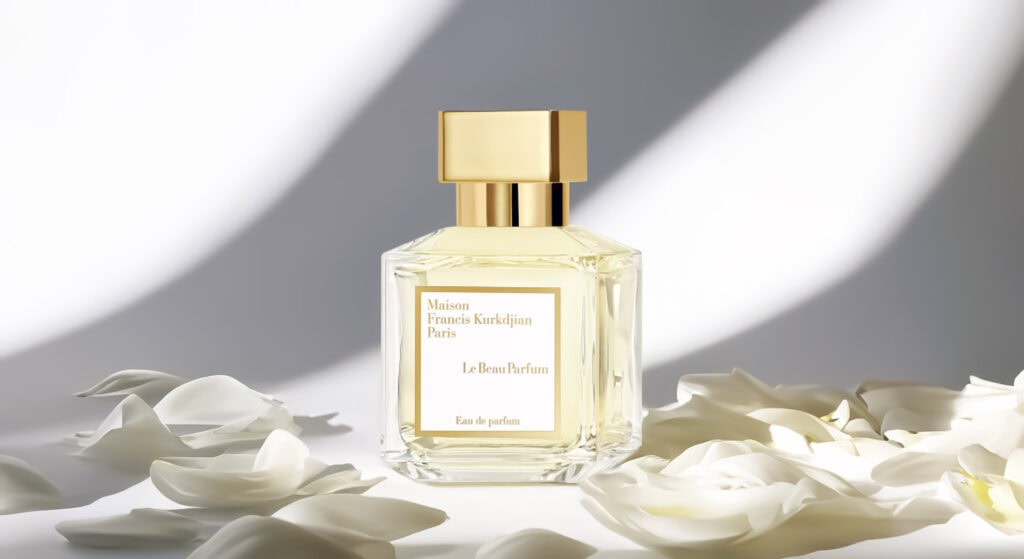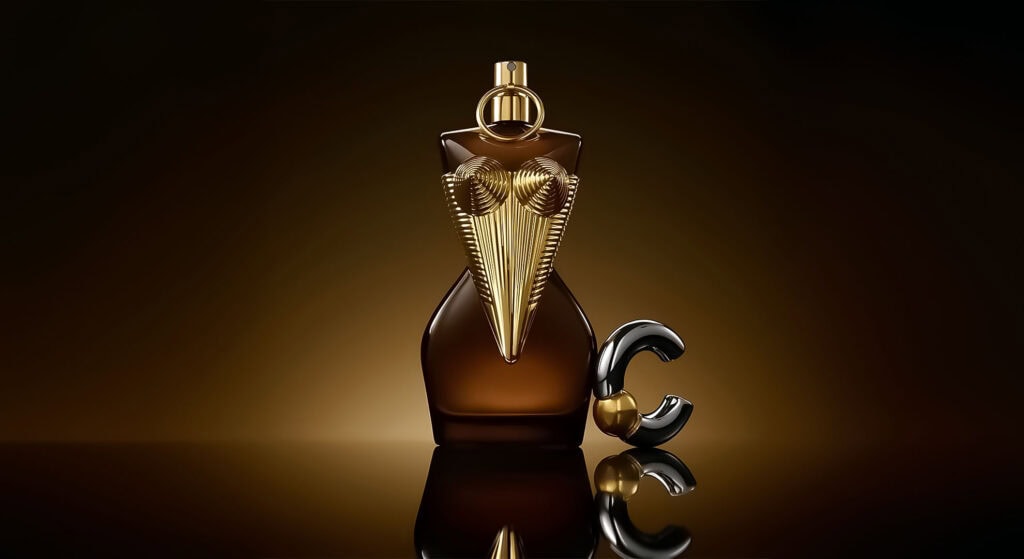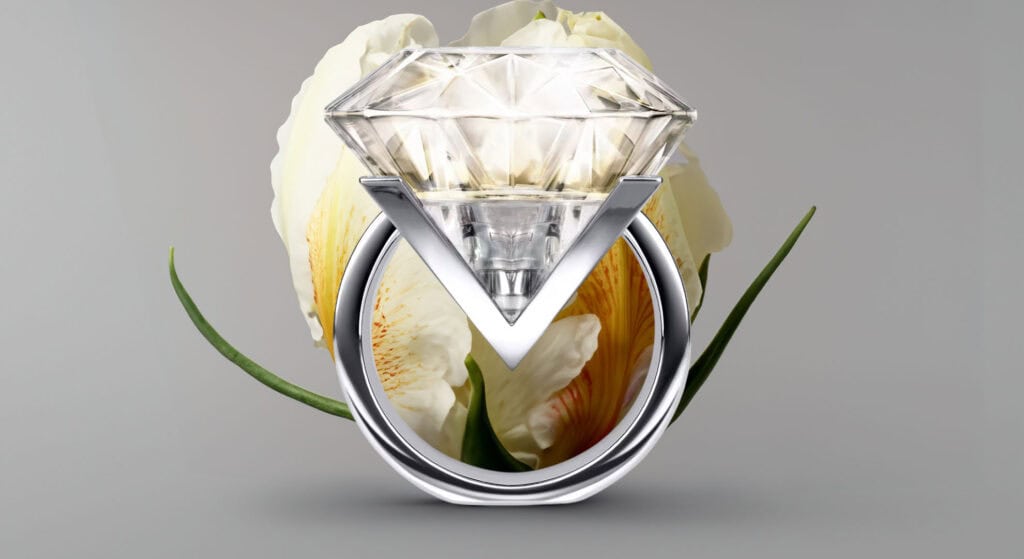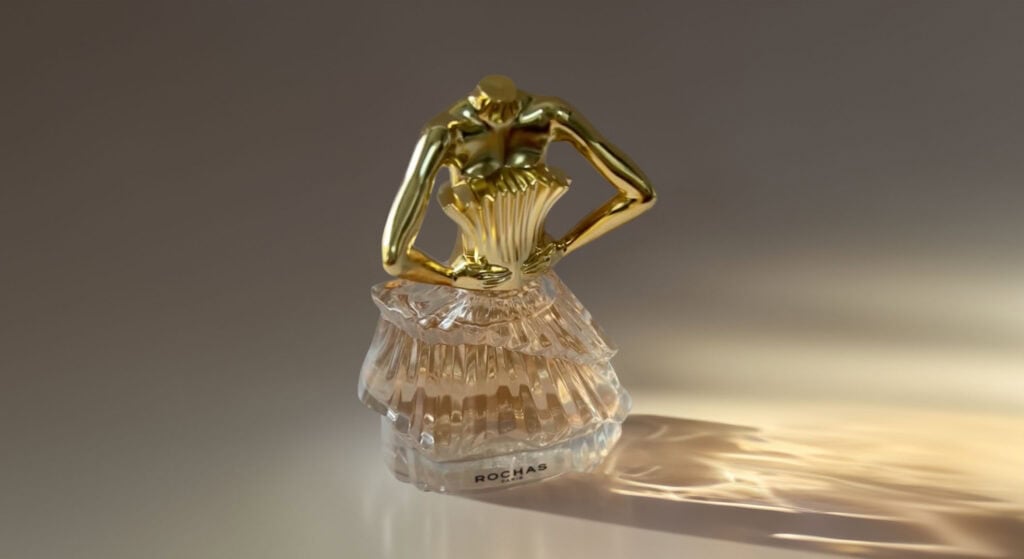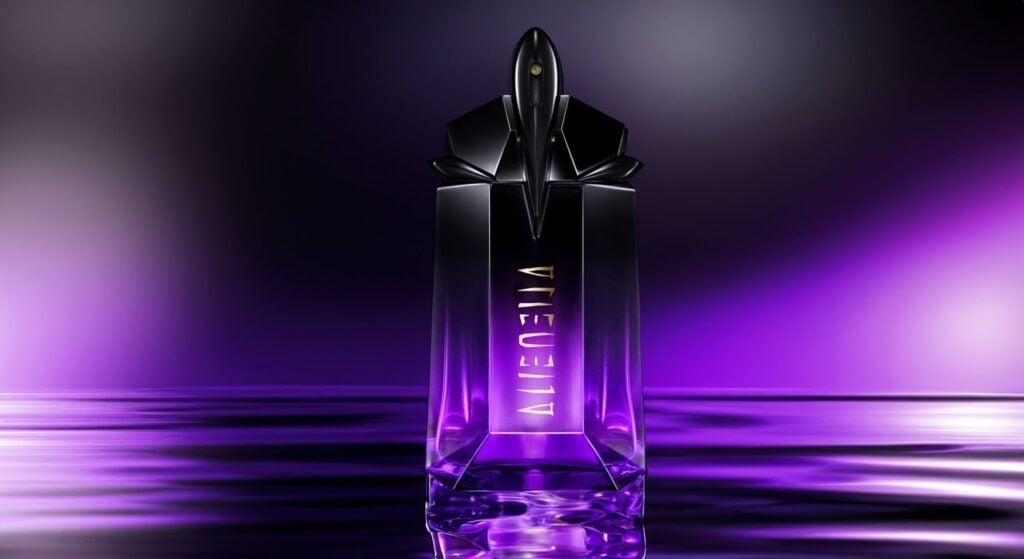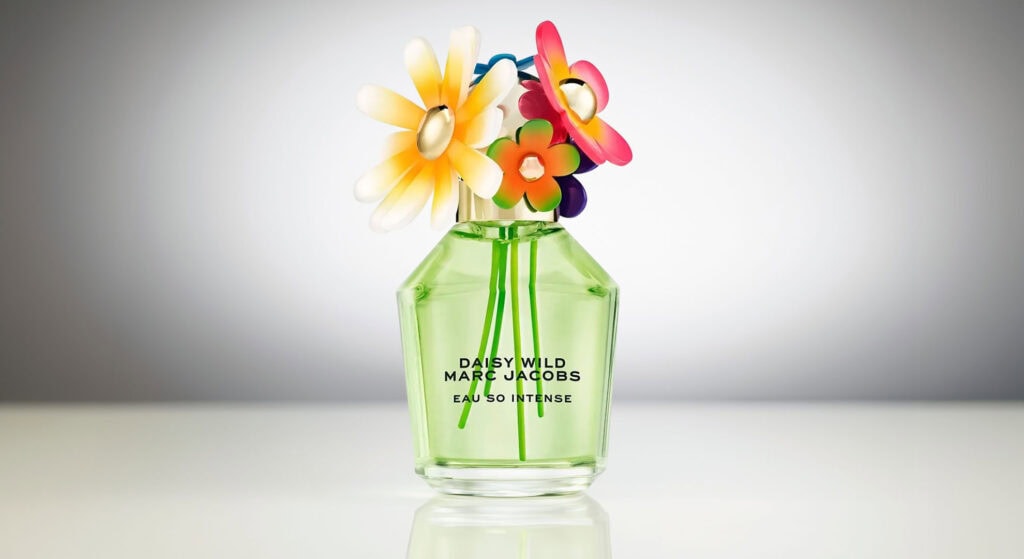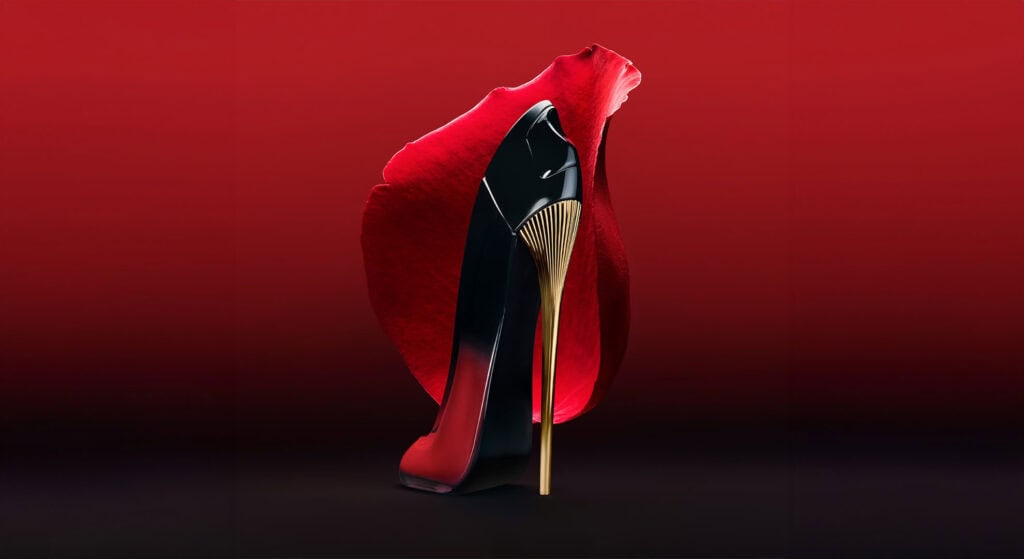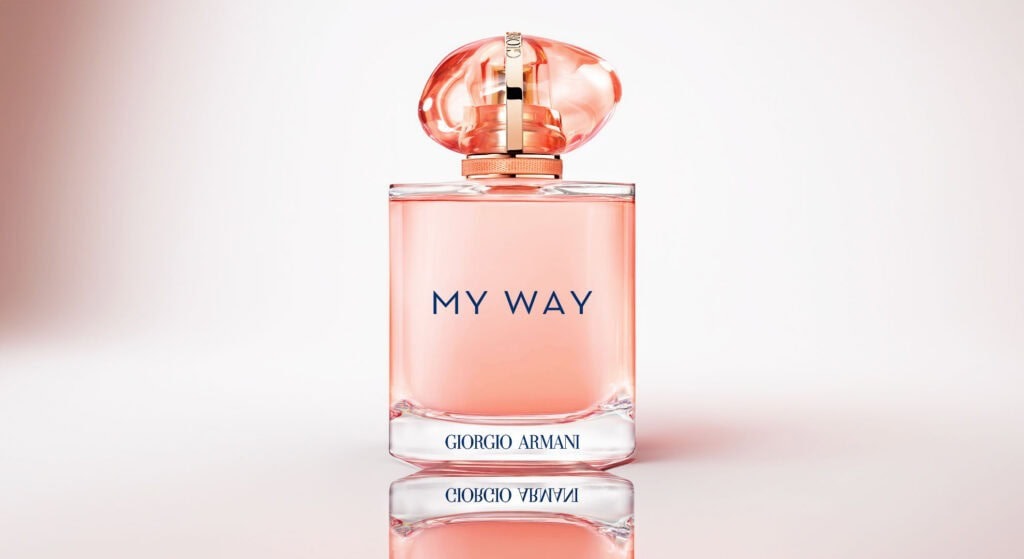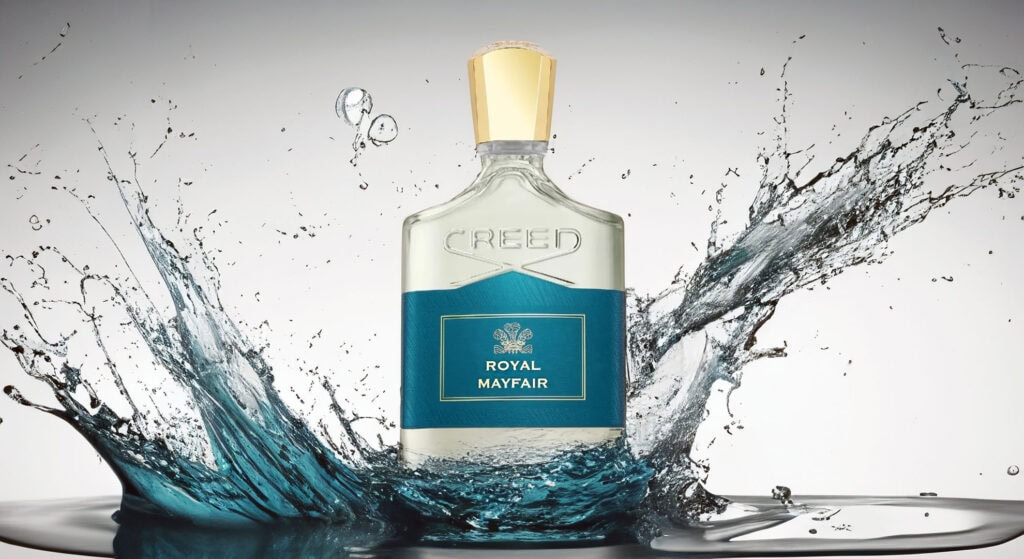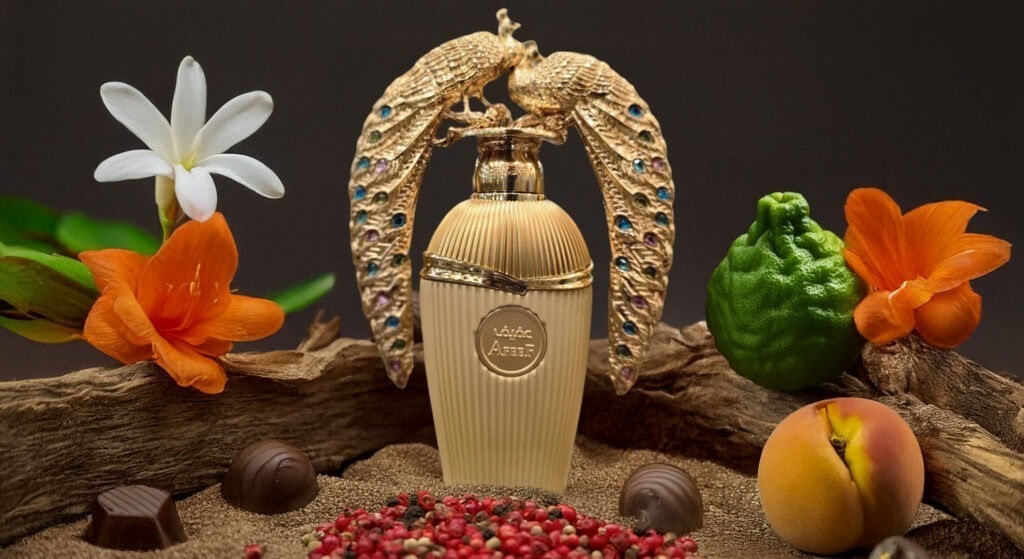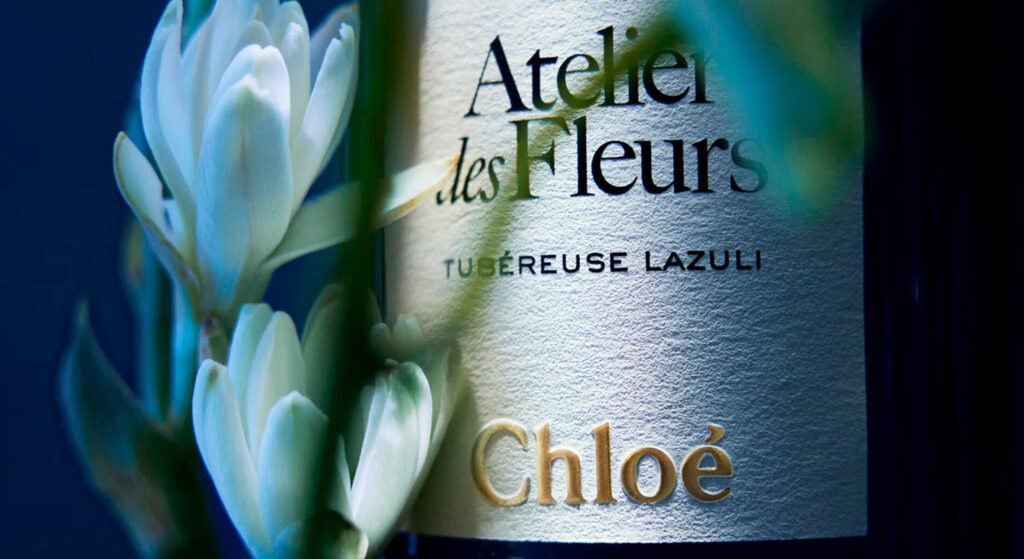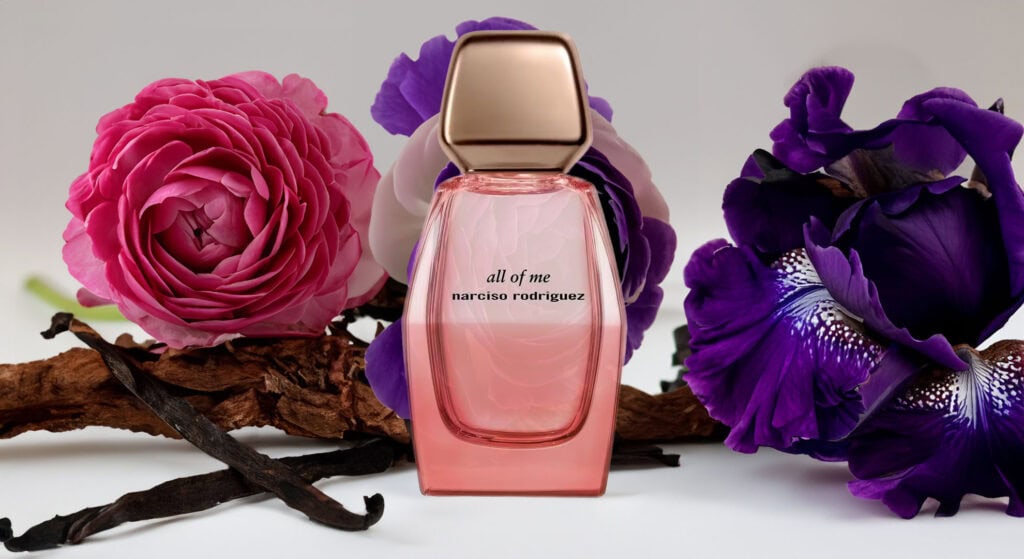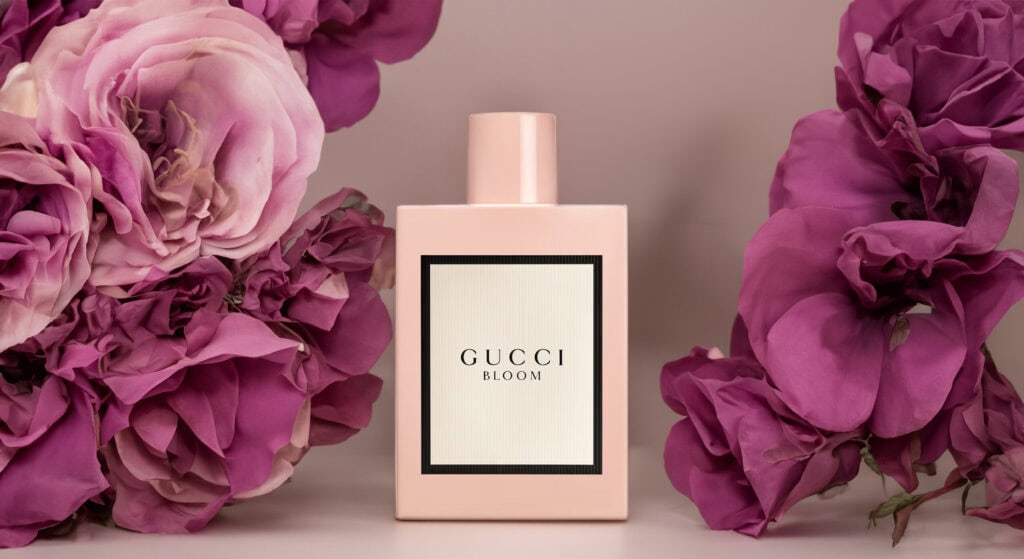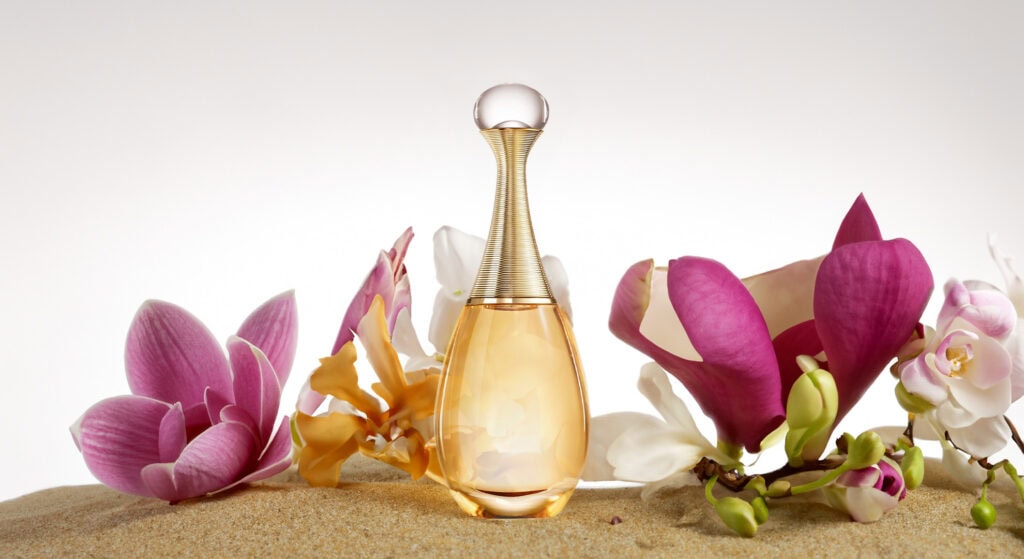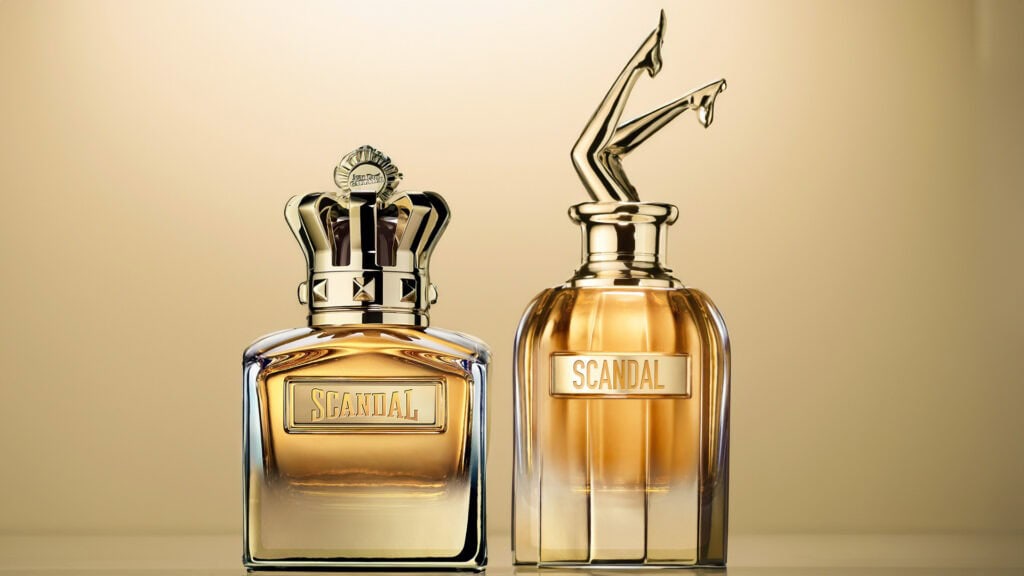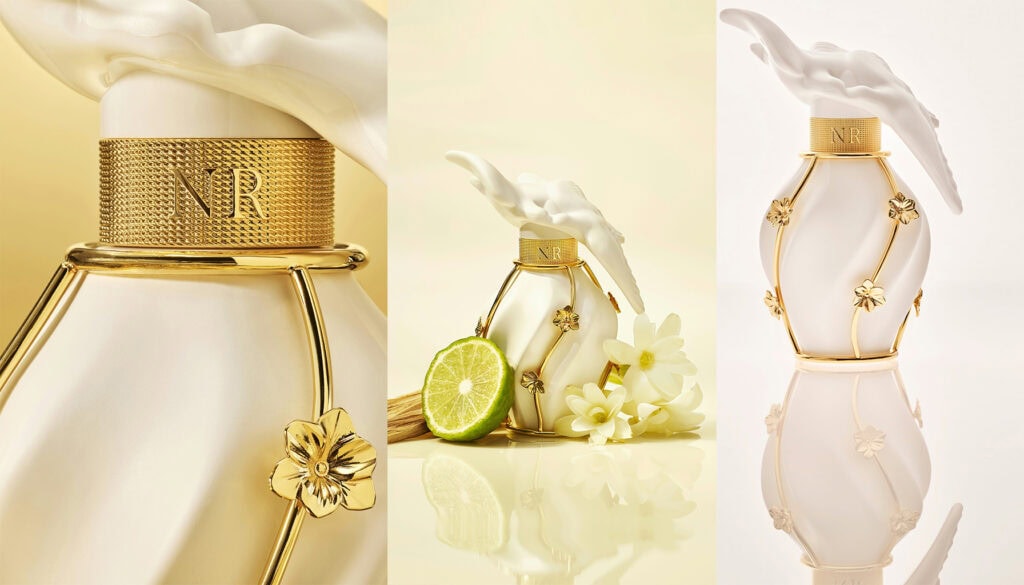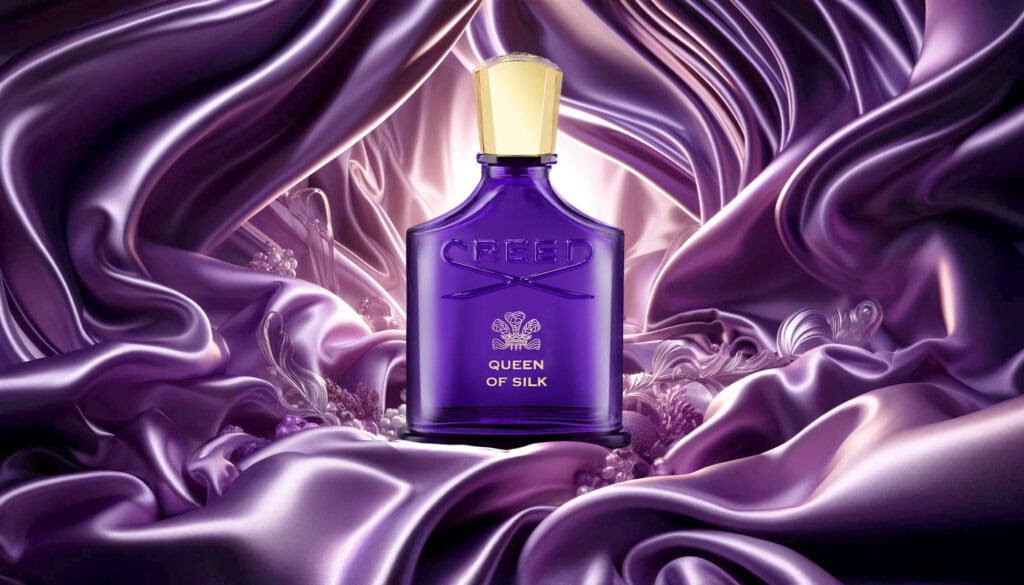Tuberose: The Enchantress of Perfumery
In the opulent world of fragrances, there exists a scent so mesmerizing and complex that it transforms ordinary perfumes into tales of desire and seduction. This is tuberose, a legendary flower whose role in perfumery dates back centuries. Its rich, intoxicating aroma captures the essence of nightfall—when the flower blooms, releasing its seductive spell into the air.
The Legacy and Lore of Tuberose
Tuberose, or Polianthes tuberosa, is not related to the rose but to the lily family, hinting at its sophisticated floral complexity. This flower’s journey in perfumery began in its native lands of Mexico, where it was first cultivated. The Aztecs highly esteemed tuberose, using it to create a fragrant elixir. As the flower traversed continents, its reputation flourished during the Renaissance in Europe, symbolizing both dangerous pleasure and voluptuousness due to its overwhelming presence.
Cultivation and Extraction: A Labor of Love
Producing tuberose oil is a formidable task, reflecting why this ingredient remains among the most costly in the perfumer’s palette. Over 3600 kilograms of flowers are required to extract just half a kilogram of essential oil. The process is labor-intensive, often involving hand-picking flowers at night when their fragrance peaks. The traditional method of enfleurage, once commonly used but now mostly obsolete, involved extracting the delicate scent into fats—a process both time-consuming and expensive.
In modern perfumery, while natural tuberose oil is still cherished, synthetic alternatives are frequently used. These not only make the scent more accessible but allow chemists to emphasize different facets of tuberose, from its creamy, lush depths to its slight camphor-like coolness.
Tuberose in Perfumes: A Symphony of Scents
Tuberose shines brightest when paired with other components that complement its rich profile. It blends beautifully with jasmine, gardenia, and orange blossom, creating a bouquet of white flowers that is both enchanting and deeply aromatic. Perfumers also pair it with lighter notes like bergamot or more robust, earthy bases like sandalwood and patchouli to balance its intensity and add longevity to the scent.
Iconic Tuberose Perfumes
Tuberose has been the star of many legendary fragrances, revered for its ability to convey deep, compelling stories through scent. Here are ten of the most iconic tuberose-centric perfumes that continue to captivate wearers around the world:
- Robert Piguet Fracas – Perhaps the quintessential tuberose perfume, Fracas is lush, creamy, and commanding, a tour de force in perfumery since 1948.
- Frederic Malle Carnal Flower – A modern masterpiece that captures the dual nature of tuberose, both fresh and deeply sensual.
- Diptyque Do Son – Inspired by childhood memories of the seaside, this fragrance blends tuberose with marine notes, creating a fresh and mysterious scent.
- Estée Lauder Private Collection Tuberose Gardenia – This fragrance combines tuberose with gardenia for a rich, opulent floral experience.
- By Kilian Beyond Love – Prohibited is a tuberose in its most concentrated form, presenting the flower in its most unabashedly powerful incarnation.
- Chanel Gardénia – Although primarily a gardenia scent, it is infused with tuberose to enhance its sweetness and depth.
- Jo Malone Tuberose Angelica – A unique blend where the green spiciness of angelica brings out the sultry aspects of tuberose.
- Dior Poison – Known for its boldness, Poison uses tuberose to convey intensity and allure.
- Givenchy Amarige – A radiant blend of tuberose and other florals, signifying joy and femininity.
- Jean Patou Joy – Although best known for its jasmine and rose, Joy features tuberose as a supporting but significant player in its legendary formula.
Tuberose: The Carnal Flower
Renowned perfumer Roja Dove once described tuberose as “the harlot of perfumery,” a nod to its almost narcotic, intoxicating effect. In India, it is known for its aphrodisiac qualities, believed to be so powerful that young women were advised not to inhale it after dark.
Tuberose continues to be a jewel in the crown of perfumery, a testament to its timeless allure and pivotal role in crafting fragrances that are not just smelled, but experienced. As we explore the depths of this captivating ingredient, it’s clear that tuberose is not merely a flower, but a legend woven into the very fabric of perfumery.
Love this fragrance? Share your thoughts! Your vote helps other perfume lovers discover new favorites. Rate it now and make your mark!
Click on a star to rate it!
Average rating 0 / 5. Vote count: 0
No votes so far! Be the first to rate this post.
